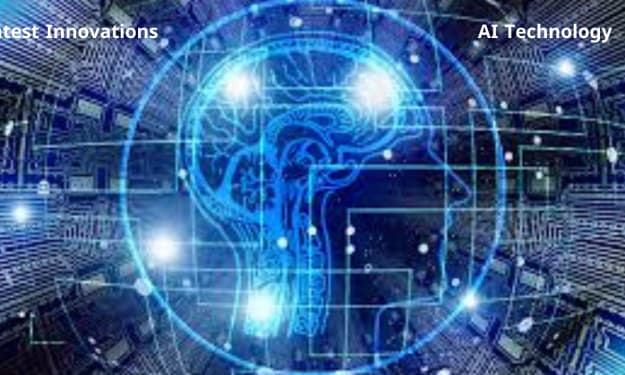How are new technologies like artificial intelligence and machine learning advancing scientific research?
AI

Advances in artificial intelligence (AI) and machine learning (ML) are transforming the field of scientific research. These technologies are allowing scientists to analyze data faster, identify patterns more easily, and make more accurate predictions about the natural world. As a result, researchers are using AI and ML to tackle some of the most complex scientific questions of our time.
Faster Data Analysis
One of the key advantages of AI and ML in scientific research is their ability to analyze vast amounts of data quickly and efficiently. In fields like genomics, neuroscience, and astrophysics, researchers are generating massive datasets that would be impossible to analyze without the help of these technologies. By using algorithms that can identify patterns and trends in the data, scientists are able to make discoveries that would have been impossible just a few years ago.
For example, in genomics, AI and ML are being used to identify patterns in DNA sequences that can help scientists understand how genes are regulated and how diseases develop. Similarly, in neuroscience, researchers are using ML to analyze brain imaging data and identify patterns that are associated with different cognitive functions. In astrophysics, AI is being used to analyze massive datasets from telescopes and satellites, allowing researchers to make new discoveries about the universe.
More Accurate Predictions
AI and ML are also being used to make more accurate predictions about complex systems. In fields like climate science and materials science, researchers are using these technologies to model complex systems and predict how they will behave in the future. By taking into account multiple variables and factors, these models are able to make predictions that are more accurate than traditional models.
For example, in climate science, researchers are using AI and ML to model the Earth's climate system and predict how it will respond to changes in greenhouse gas emissions. These models are able to take into account a wide range of factors, including ocean currents, atmospheric chemistry, and land use, and make predictions that are more accurate than traditional models. In materials science, researchers are using AI and ML to predict the properties of new materials before they are even synthesized. This is allowing scientists to design materials with specific properties that could have important applications in fields like electronics and energy storage.
New Discoveries
AI and ML are also enabling new discoveries in scientific research. By allowing researchers to analyze data more quickly and accurately, these technologies are uncovering new insights into the natural world. For example, in astronomy, AI is being used to analyze massive datasets from telescopes and satellites and identify new objects in the universe, such as galaxies and exoplanets.
Similarly, in biology, researchers are using AI and ML to identify new drug targets and develop new treatments for diseases. By analyzing massive datasets of genetic and protein interactions, these technologies are allowing researchers to identify new pathways that could be targeted by drugs. This could lead to the development of new treatments for diseases like cancer and Alzheimer's.
Challenges and Limitations
Despite these advances, AI and ML are not without their challenges and limitations in scientific research. One of the main challenges is the need for high-quality data. AI and ML rely on large datasets to identify patterns and make predictions. If the data is incomplete or biased, the models may not be accurate.
Another challenge is the need for interpretability. While AI and ML can make accurate predictions, it can be difficult to understand how the models arrived at those predictions. This can make it challenging for researchers to explain their findings to others and can limit the ability to use these models in real-world applications.
Finally, AI and ML are not a replacement for human intuition and creativity. While these technologies can identify patterns and make predictions, they cannot replace the creativity and insight of human researchers. As such, it is important to strike a balance between using these technologies to augment human intelligence and relying on them exclusively.
About the Creator
Enjoyed the story? Support the Creator.
Subscribe for free to receive all their stories in your feed. You could also pledge your support or give them a one-off tip, letting them know you appreciate their work.





Comments
There are no comments for this story
Be the first to respond and start the conversation.